Impactics C3LH
In the archives we found some remarkable tests that have never been published in English. Although they are heavily out of date ( cases included have not been sold for a long time), it illustrates well the possible impact of cooling across a wide variety of designs. And by those we also mean completely passive solutions that use their own shell to dissipate heat, as well as rather larger midi-towers and also something in between.
Impactics C3LH
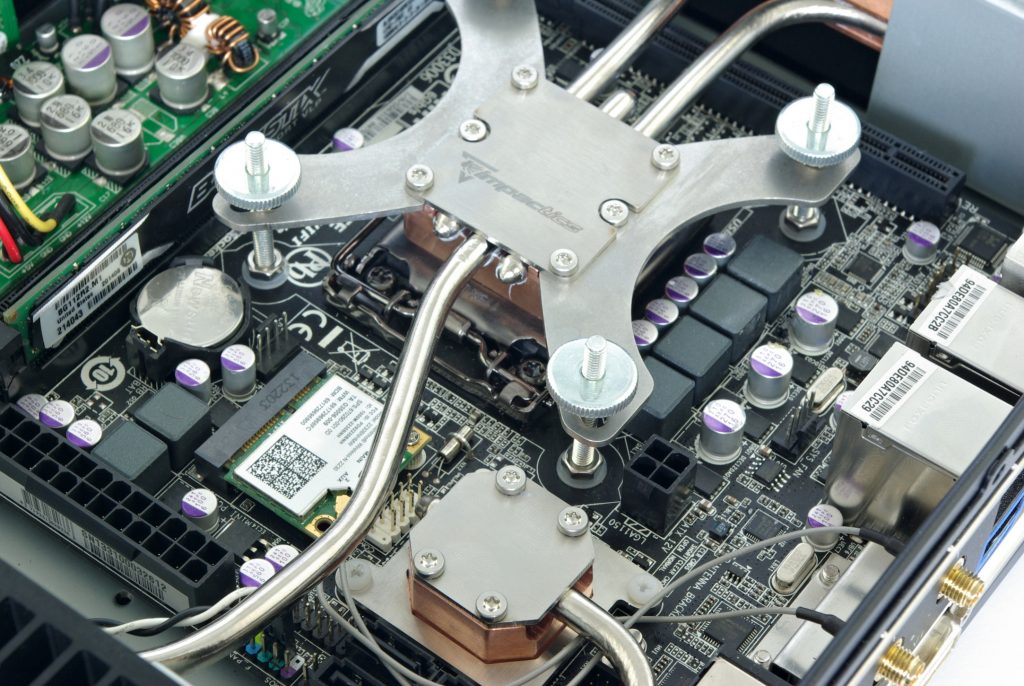
- Contents
- Overview and methodology
- Chieftec IX-03
- Akasa Crypto VESA
- Impactics C3LH
- Streacom FC9
- SilverStone Raven RVZ01
- Cooltek W1
- Nanoxia DS4
- Zalman Z1
- Maximum cooling performance
- Equal, higher noise level
- Equal, lower noise level
- Graphics card cooling
- Conclusion





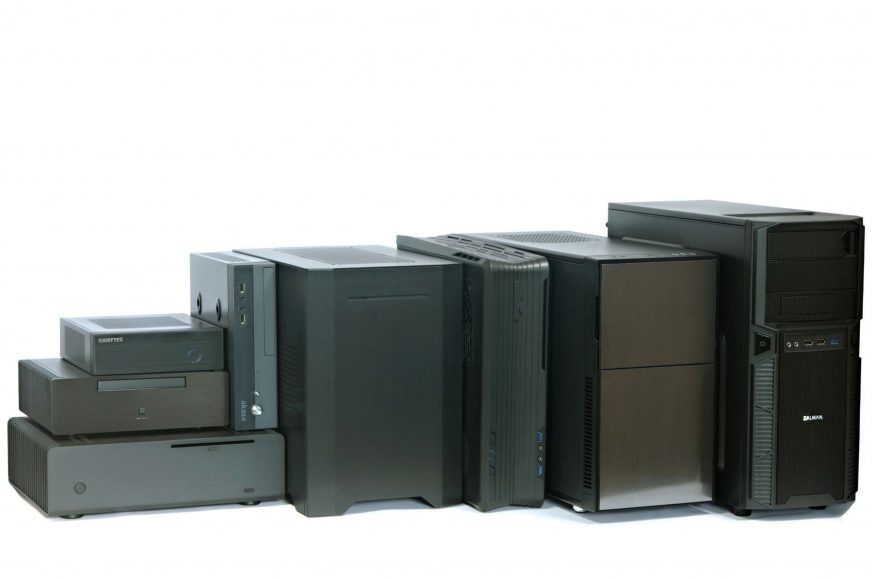
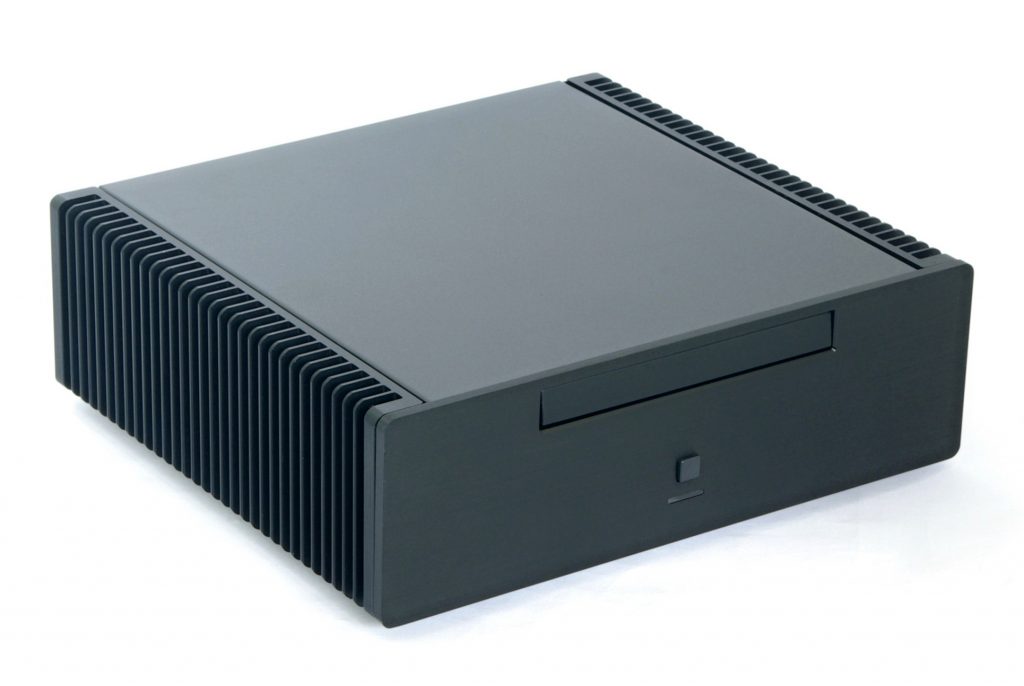
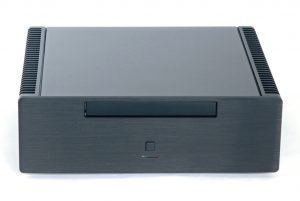
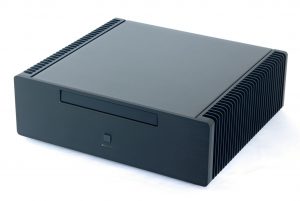
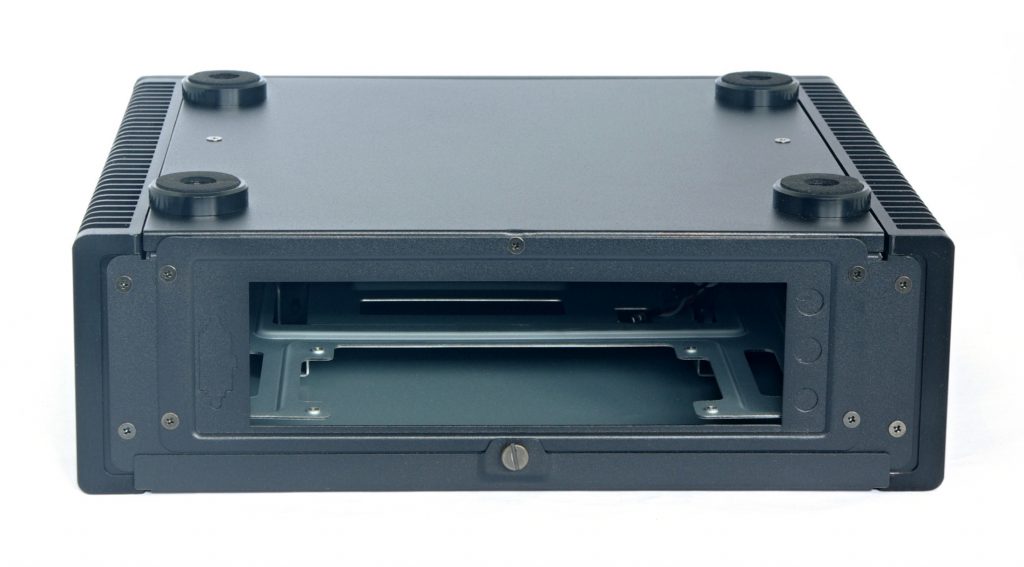
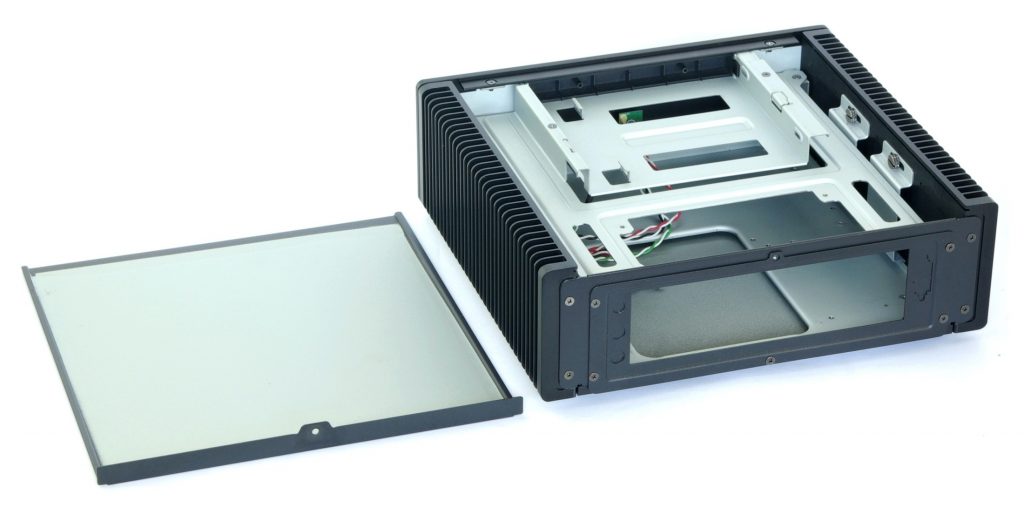
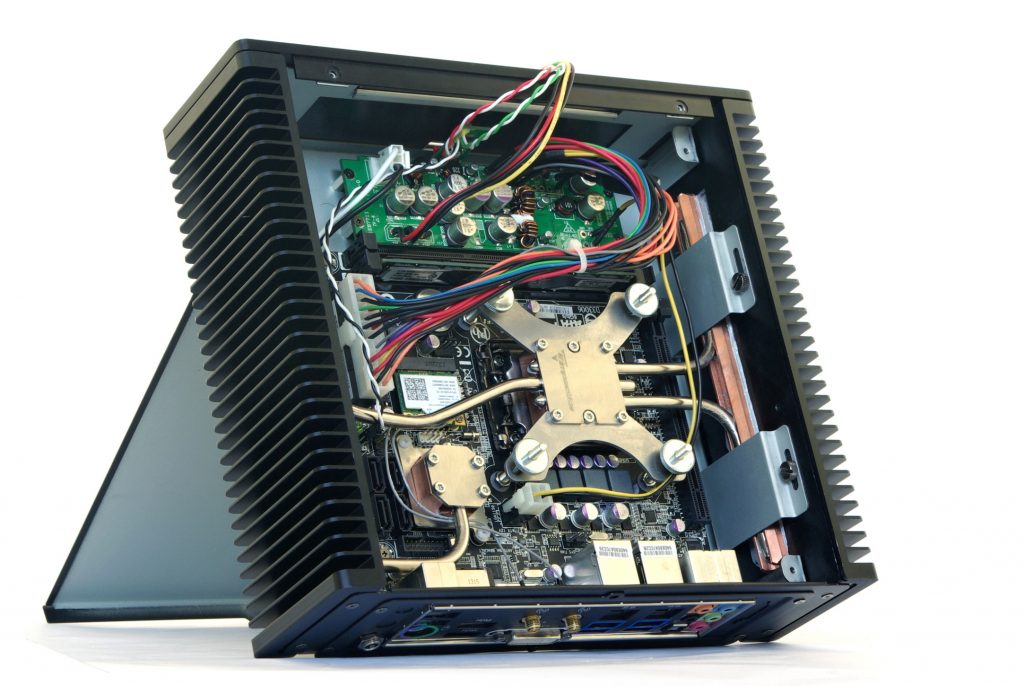
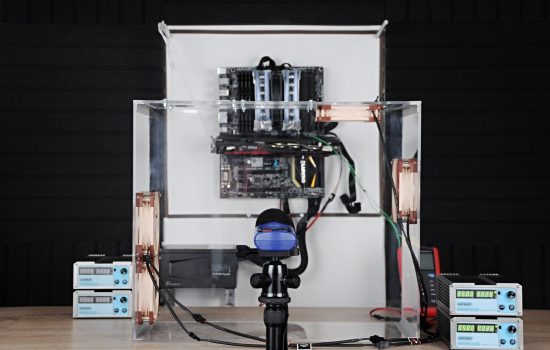
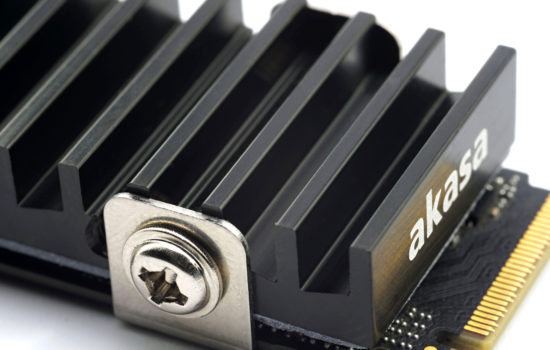
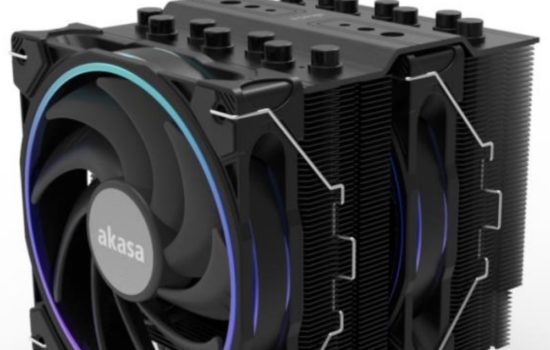
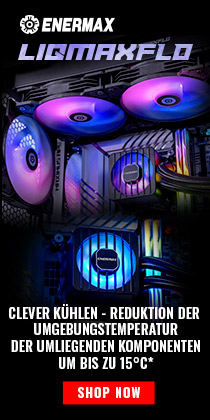


These tests are still relevant today by showing that directed airflow can result in much higher efficiency than raw volume.
Also, some fans caught my eye. The SilverStone slim fan having a ring at the middle is an interesting design choice (though from the limited tests I have found, it performs really poorly). The green fan on the Nanoxia DS4 is intriguing as well, not only for the colour, but also for the seemingly efficient rotor shape.
We have had the SilverStone FW121 low-profile fans with a hoop through the middle of the blades on our testlab shelves for years. But I don’t know how it is with their relevance. They are unavailable in shops, SilverStone filter does not include them anymore. Tests of newer FN124 built on similar design will be more useful… the question is whether they will be up to date even when it will be the time to test them. 🙂
Oh, I thought the FW121 and the FN124 were the same fans.
I believe that there is already a successor to FN124 which is Air Streamer 120 (SST-AS120B), so maybe it’s better to skip FW121 and FN124 and jump to the AS120 from a relevancy standpoint. The ring-in-middle design is very interesting from a academic point of view though, it reminds me of high-speed variants of Gentle Typhoon fans.
Sure, that’s exactly it – an academic point of view. AS120 doesn’t have that hoop anymore. There are a few fans that we will have to test outside their prime time, like the EK-Meltemi. We delayed it until it got EOL status. I find it important to have its results and explain why “it’s not that great”, even though it has a 38 mm thick profile.
Where would you place the thermocouple sensor so that the comparison is objective and you don’t hit the hottest spot with one PSU and the coldest with another?Hmm, 38 mm fans would indeed be interesting. In asian forums especially, quite a few enthusiasts are playing around with industrial fans (Sanyo Denki and Delta to name a few) which of course include 38 mm ones, but usually without any proper tests.
Is the last question intended for me? I must state that I don’t have too much knowledge on thermocouples nor PSUs, but I’d imagine using multiple thermocouples per target site is the answer. While you can’t ensure that you are 100% fair, by increasing sample size, you can be more confident in your results.
Thanks for the tips. Sooner or later, I’m sure the results of some industrial 120 mm fan with 38 mm thickness will appear in the database.
Thermocouples: no, that question got there by mistake, it should have gone elsewhere. It came about by hastily copying from a document in which a colleague is helping me struggle with my severely inadequate English. 🙂